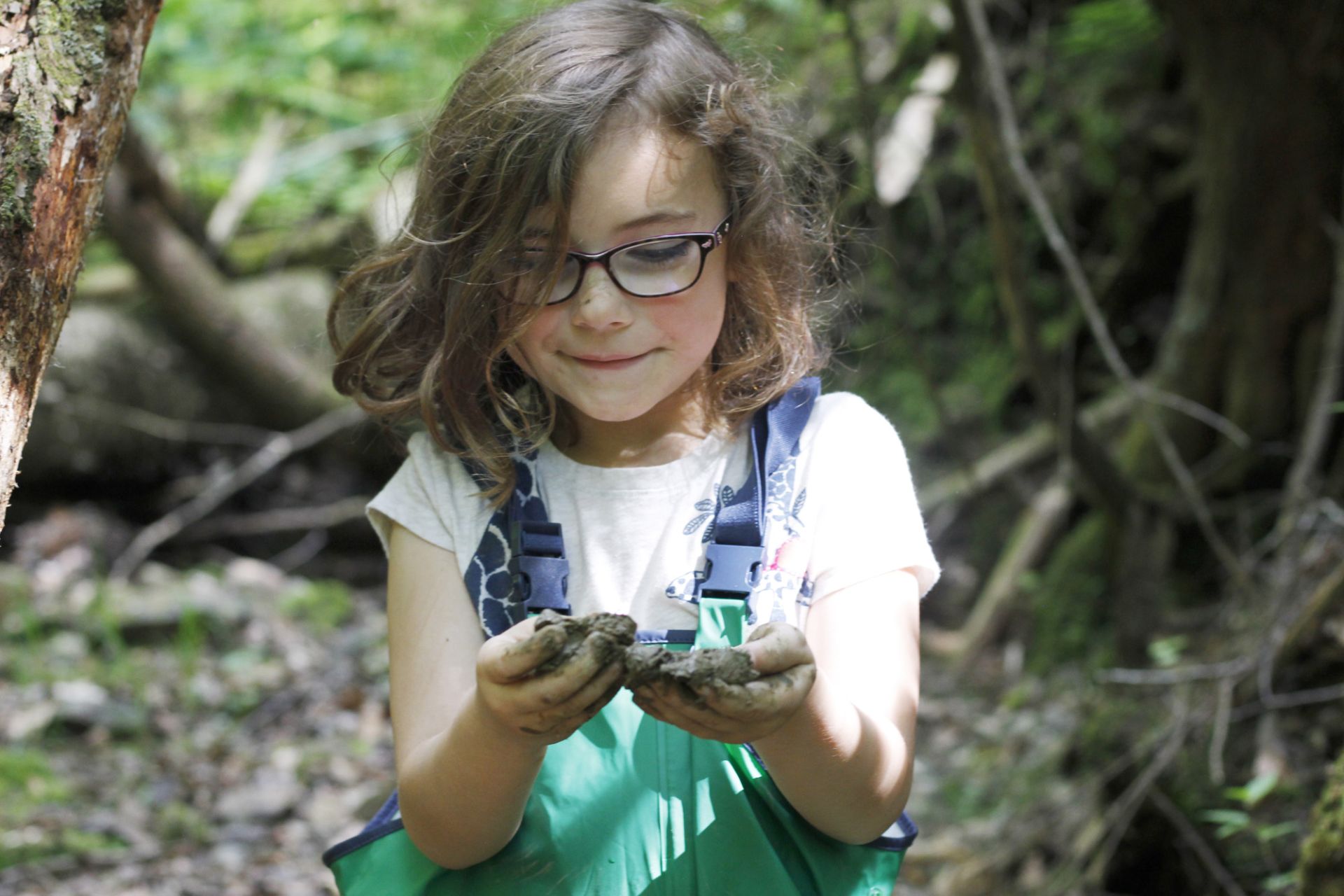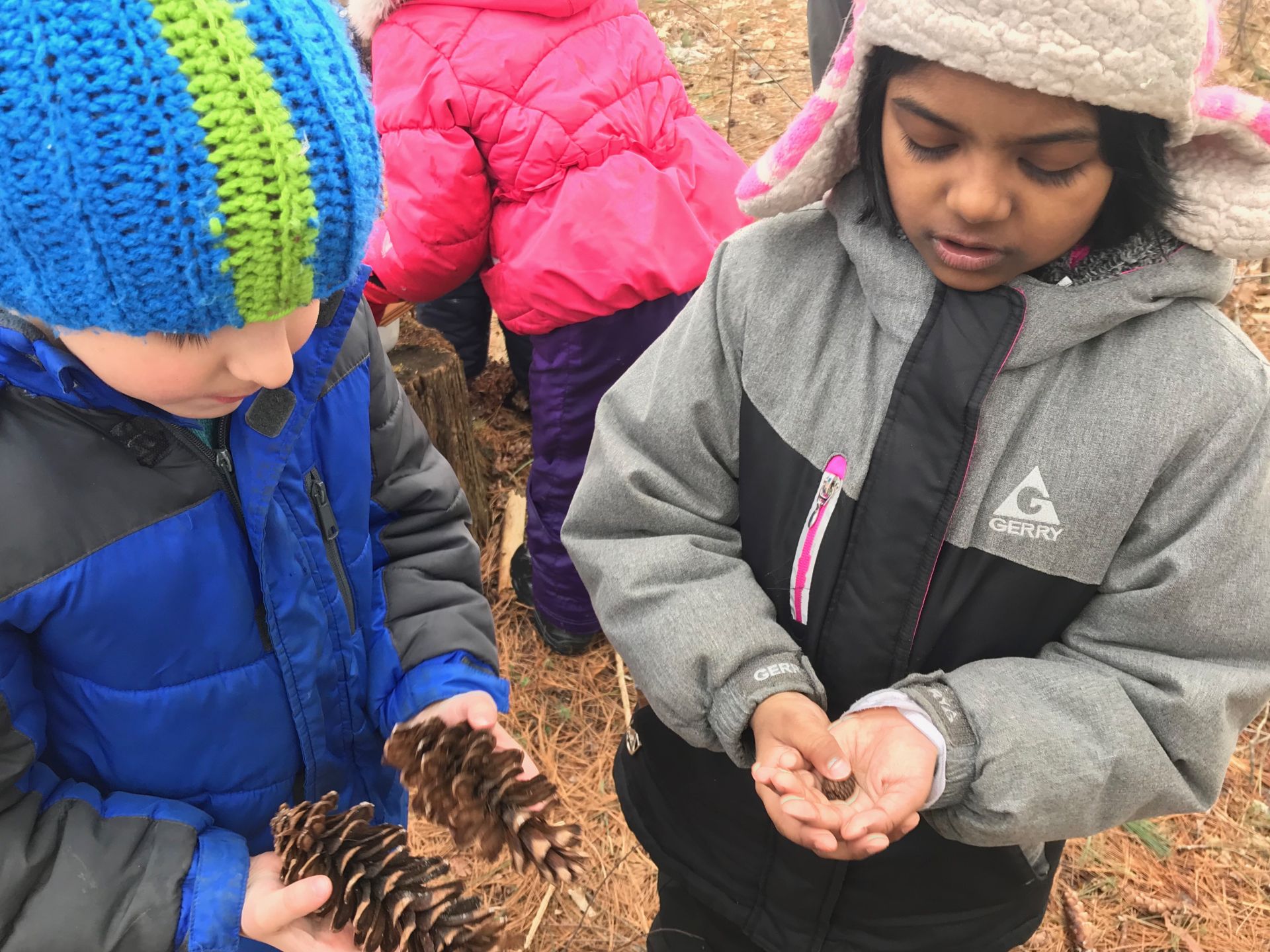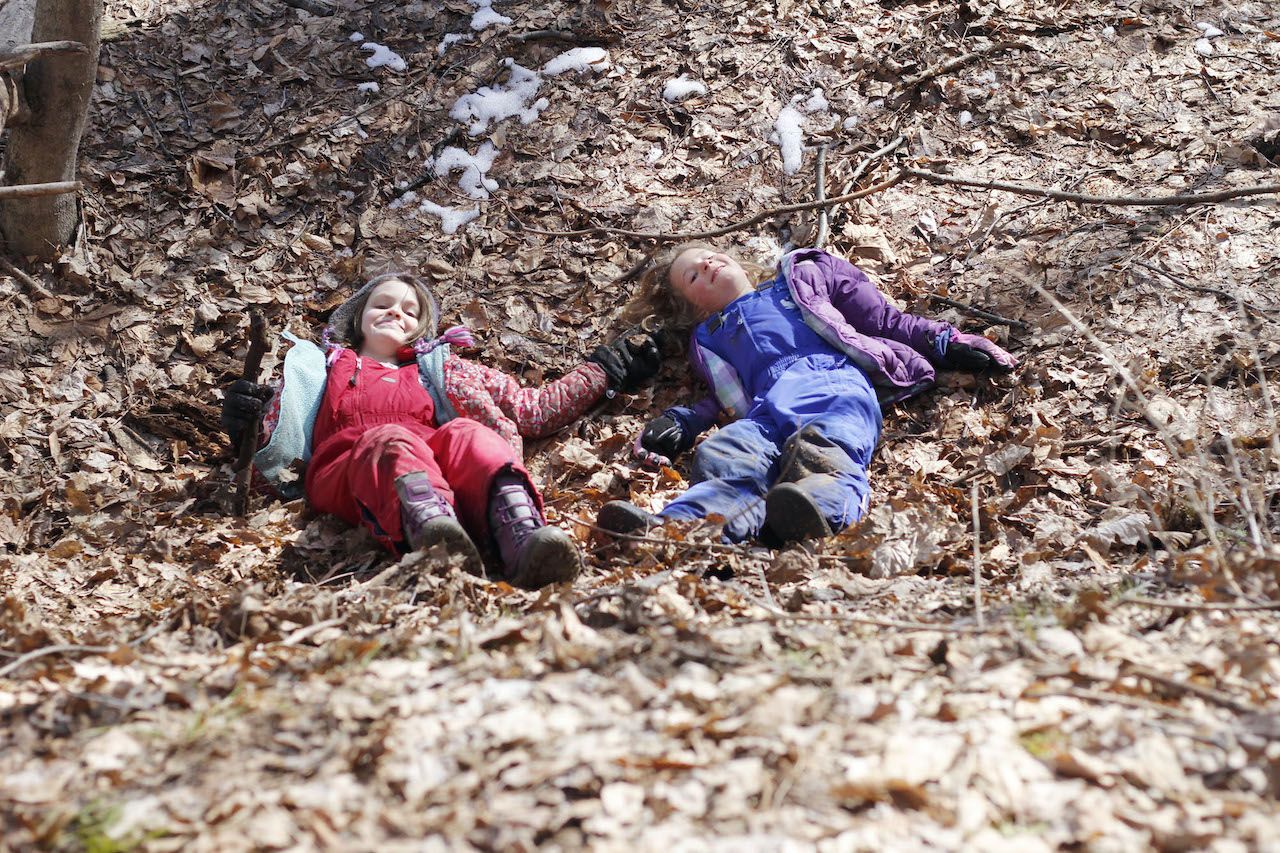
Blog
Stories from my personal journey learning about and delivering Nature-rooted programs across three different countries
Guest Blog: How Forest School Soothes Seven (Yes Seven!) Senses
Romina Kramer

Empty space, drag to resize
Note: It is now widely accepted we have at least 8 senses of the body - sight (visual), taste (gustatory), touch (tactile), hearing (auditory), and smell (olfactory), vestibular (balance), proprioceptive (movement) and interoceptive (internal). This blog discusses 7 of these.
Empty space, drag to resize
“The more exposure your child has to sensory experiences throughout the day, the more integrated and organized the brain, senses and body become.”- Dr. Angela Hanscom
As an occupational therapist in the public school system, I worked with a range of children with an array of abilities. Commonly, I served children with challenges in processing and integrating sensory information. These children faced academic, behavioral and social challenges that were often misunderstood for perceived lack of discipline, temperament, personality or laziness. What are these processing and integration sensory challenges? And how can we help?
Did you know that our sensory system is made up of seven, yes seven senses?! The five senses most people know are sight, touch, smell, taste, and hearing, but we also have vestibular (movement) and proprioception (body position). The vestibular system gathers and processes information about our movement, balance, where our head and body is in space and keeps us upright while sitting, standing or walking.
Proprioception allows us to tell where our body parts are in relation to each other (being able to touch your nose with your eyes close) and it lets us calibrate how much force to use in an activity (holding a crayon without breaking it). Different organs in our body take in information from the environment to the brain, where this information is processed and organized so we can use our bodies to respond to the environment accordingly.
For some, this neurological journey is different. Let me illustrate this via two scenarios:
Empty space, drag to resize
Scenario 1- auditory (hearing) hypersensitivity:
Luna is sitting in class working on cutting during a craft. The teacher is managing the class, so she is raising her voice to get some of her peer's attention. Two of the children she is sitting at a table with are starting to argue about sharing material and Luna has stopped working and now has her hands over her ears. Beyond the voices, Luna is picking up on the sounds the fluorescent lights emit (most people don’t hear these), the clock on the wall ticking, distant conversation, materials being handled. All of these sounds naturally bouncing off walls and back.
Empty space, drag to resize
Scenario 2- Tactile (touch) hyposensitivity:
David is building for a physics project with his classmates and he keeps getting too close to his peers. He’s touching too many things at once and is fidgety and his peers are getting upset at him. The teacher comes over to try and help, whereas David can be removed from the group or he is repeatedly asked to stop and stay calmly seated. Ultimately, David is seeking tactile sensation and sitting at a table is providing his body with little feedback to relax his system or for him to be able to pay attention.

At Aishling Forest School, we can turn the above scenarios on their heads, as we have nature as our best ally. According to research by Occupational Therapist, Figueroa, L. P. (2020) “Recent systematic reviews suggest contact with nature supports children’s mental health (McCormick, 2017), social-emotional skills (Gill, 2014), and imaginative play skills (Dankiw et al., 2020). Nature can improve children’s attention (Faber Taylor & Kuo, 2009), motor skills (O’Brien, 2009), physical activity levels (Dankiw et al., 2020), and performance on cognitive tasks (Collado & Staats, 2016).”
Let's revisit the above scenarios, but relocate them in our home in the woods.
Empty space, drag to resize
Scenario 1- auditory (hearing) hypersensitivity:
Luna is sitting on a log working on cutting during a craft. A mentor is raising her voice to get a peer’s attention and two children nearby are arguing about sharing materials. Luna can ask for help, or simply find a quiet spot in the forest. The rustling of the leaves and the wind make a calming white noise. The argument and loud noises of material disperse into the openness of the wood. Luna hears it, but it’s distant enough.
Empty space, drag to resize
Scenario 2- Tactile (touch) hyposensitivity:
David is building a den with peers. He keeps getting too close to his peers and is touching too many things at once. In this scenario, he is not fidgety as nature has a calming effect on this process. His peers have the choice to create a new agreement, discuss with him a new or modified role, or to simply move onto another game, as play in the woods is unstructured. As for David, he can seek out more sensation by climbing, sliding in the pit, playing in the mud kitchen, physical with a consenting peer etc. David has endless options in the heart of the forest.

A 2020 article by Shanholtz, Gamber, & VanSickler concluded “Students can develop a greater understanding that because an individual may not learn, talk, or look the same as them, it does not mean they are any less capable of participating in the same or similar occupations.” There are ways we, as a community, can help our children better understand how our differences make us better together.
This list by FamilyEducation.com may be helpful for you and your family:
This list by FamilyEducation.com may be helpful for you and your family:
- Its ok to notice
- Use respectful terminology
- Emphasize similarities
- Teach understanding and empathy
- Address bullying
Our home at Aishling Forest School is wholeheartedly accepting and loving and as such, we try to embody these virtues. As stated in our mission statement, we welcome and celebrate diversity and understand that neurodiversity is just one of many ways learners can be unique and beautiful.
For Additional Empathy-Related Resources You Can Review At Home:
Videos-
- We’re Different, We’re the Same (Sesame Street Read-Along Series)
- Cuerdas (Spanish short film- subtitles available, older children, parental discretion)
Books-
Scholarly Articles and Podcasts:
Empty space, drag to resize
Empty space, drag to resize
About the Author:
Romina Kramer was a child immigrant; American grown with Ecuadorian roots. She’s an Occupational Therapist registered and licensed in New York and a Stony Brook University graduate, working extensively in pediatric neuroscience. Her passion in supporting people to remember that they are perfectly made has led her to work as an out-patient rehab and school-based O.T. Motherhood has helped to deepen her love for neuroscience and social-emotional development as she bears witness to her son, Alexander’s inquisitive and exploratory nature. She’s a true believer that humanity needs to go back to the basics, to connect with nature in order to heal, to relearn to trust their intuition and be in awe of the world’s beauty. Romina is an Assisting Mentor for Aishling Forest School.

More Posts
WANT TO GET FOREST SCHOOLED TOO?
Subscribe to my email letters, something special from me to you so we can learn together. Each one is filled with heart-felt stories from the forest, resources you may find useful, and things that hopefully bring a smile too.
Thank you!
© by FOREST SCHOOLED
